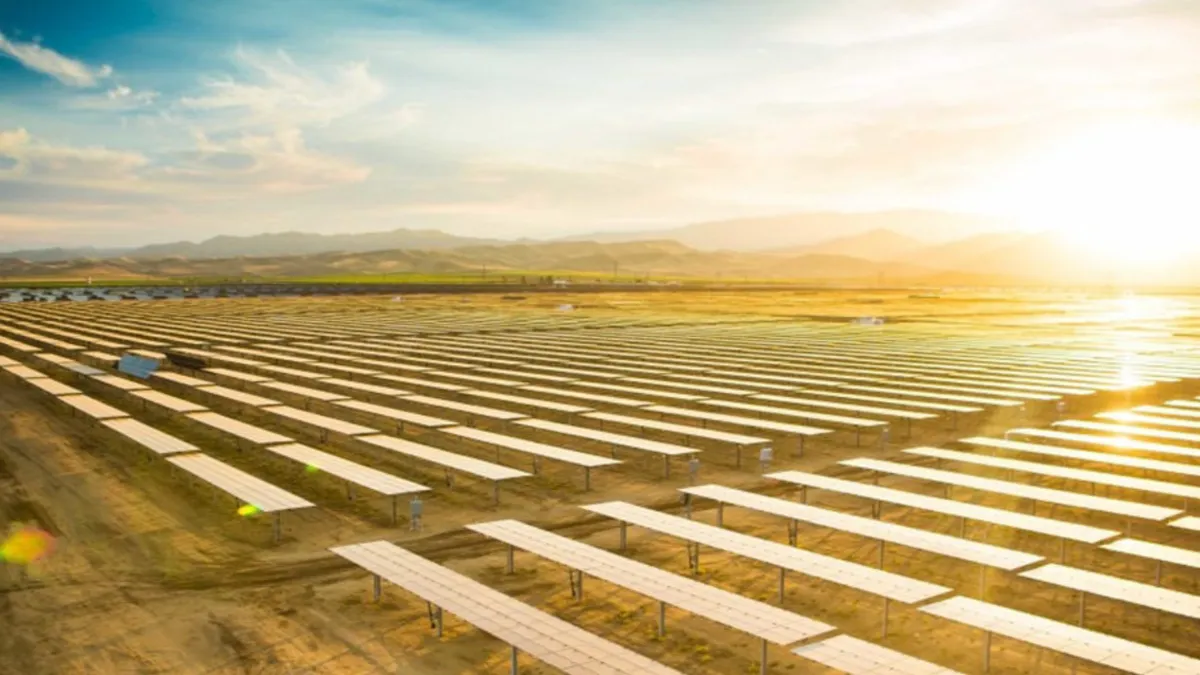Dive Brief:
- Renewable energy developers are increasingly concerned over the tax credit phaseout and the impact of federal policy on large-scale solar and wind deals, according to LevelTen Energy's Q3 report on power purchase agreements (PPA) released Wednesday.
- PPA offer prices rose overall as contract lengths decreased last quarter, reflecting a slow-down in the market. The report showed average wind prices rose more than 11% from Q3 2018.
- PJM Interconnection reversed the prior downward price trend in solar as the only market to see solar prices rise this quarter, while also having the largest drop in wind prices ($2.88 or 9.3%) compared to the last quarter. PJM and the Electric Reliability Council of Texas (ERCOT) continue to be "hot markets" for renewables developers, according to LevelTen's vice president of developer relations, Rob Collier.
Dive Insight:
Wind and solar developers surveyed by Level 10 primarily identified PJM and ERCOT as growth markets for 2020, although Collier told Utility Dive he sees potential in the Midcontinent ISO, particularly in competitive solar deals in MISO South.
But MISO's renewable energy growth could be impacted by challenges in the region, as "interconnection queues have been quite full of late and the interconnection process has taken a long time," he said.
Some 43% of surveyed developers said corporate demand would primarily drive growth in North American market, while 22% said utility demand would lead. Corporate interest could bring more deals to areas outside of ERCOT and PJM as corporations seeks to diversify their renewable procurements, LevelTen noted.
LevelTen surveyed 33 developers this quarter, which "operate in many, many different markets," Collier said.
"I think what we're seeing in MISO, particularly solar projects that are located in MISO South, is that corporates who are looking to diversify their renewable energy procurements and maybe have a closer match between where their load is situated [and] whether buying renewables are now looking to those other markets," Collier said.
Developers picked PJM and ERCOT as top growth markets above international markets and the New York ISO or Southwest Power Pool (SPP).
While "there have been a lot of corporate procurements for SPP wind in particular" in Q3, Collier said, SPP is "not as much of a growth market at this point," as the projects "are relatively less valuable right now because of how much wind has come into that market."
LevelTen's pricing data is based on about 600 bid prices for more than 360 larger-scale renewable energy projects across the U.S.
Because the platform is not focused on smaller and residential procurement, Collier says state incentives have less of an impact on developers' expectations. "My sense is that [developers'] responses here reflect where they see opportunity for renewables growth within the corporate segments," which is PJM and ERCOT.
"Other markets in the Northeast... certainly have a lot of renewable opportunity. It's typically not quite as large of a scale as some of the other markets, and it's very much driven by the state-type of incentives, state [requests for proposals]."
LevelTen, which also acts as a platform for trading larger-scale solar and wind products, expanded recently into the European marketplace. However, the developers it surveyed for the Q3 report did not identify European markets as standout growth opportunities.
In Q3, 15% of respondents saw the changes in federal tax credits as having the largest impact on PPA prices. 24% feel this will carry over into 2020, which tied with "competition from other renewable energy projects" as the largest potential impact on prices next year.















